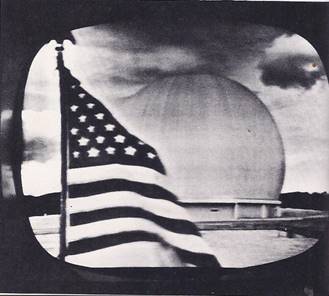On October 4, 1957, the Soviet Union announced to an astonished world that its scientists had launched into orbit an artificial satellite of the earth. The Russians called the satellite “Sputnik,” or little moon. With the invention of the air plane, man had broken the bonds that confined him to the earth; now he could go beyond the ocean of air that surrounded the earth and explore the wonders of space. The way was open for discoveries that promised to surpass those of the age of exploration of the fifteenth and sixteenth centuries.
The United States sent up its first satellite, Explorer I, on January 31, 1958. It weighed only three and a half pounds, but three months later the Russians launched a Sputnik that weighed 3,000 pounds. By the end of 1960, the Russians were launching space ships and on April 12, 1961, they sent up the first man in outer space; he landed successfully after making one orbit around the earth. The next year, two more “cosmonauts,” as the Russians called them, made space flights, to be followed by three more in 1964. One of Russia’s most spectacular feats in space came on March 18, 1965, when a cosmonaut left his space ship and floated in space for ten minutes while traveling at a speed of 17,000 miles an hour.
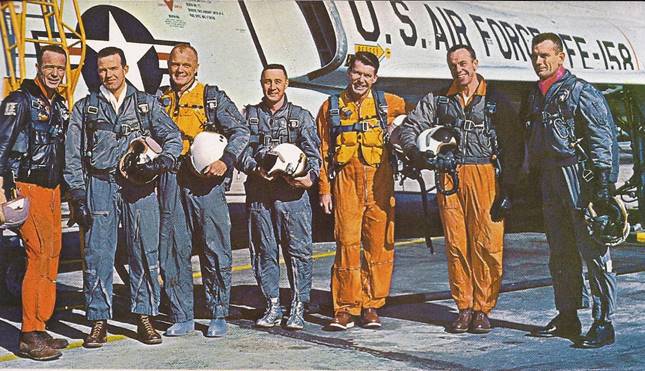
Meanwhile, the United States was also making extraordinary progress. The first American “astronaut” went into space on February 20, 1962. Other astronauts soon followed, although they did not remain in orbit as long as the Russian space men. Whilst the United States still lagged behind the Soviet Union in the size of its spaceships and the thrust of its rockets, it was ahead in other forms of space exploration. By 1965, American satellites were transmitting radio and telephone messages and gathering weather information. Others were crashing into the moon after relaying amazingly clear close up pictures and still others were traveling to the vicinity of Mars and Venus.
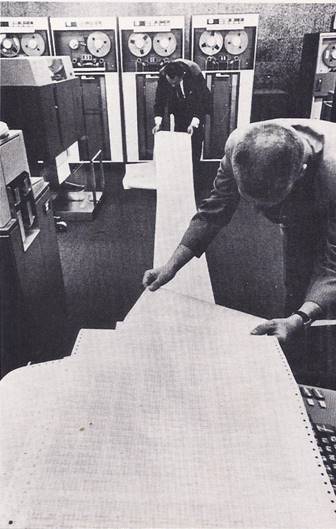
The Americans and the Russians were now racing each other to land a man on the moon. President Kennedy, who committed the United States to the “space race,” gave 1970 as the American target date. The American plan for sending a man to the moon consisted of three phases. The first phase, Project Mercury, was designed simply to launch men into orbit and bring them safely down again; it was completed in 1963. On March 23, 1965, the first flight of the second phase, Project Gemini, demonstrated that astronauts could maneuver their ships themselves. During the last phase, Project Apollo, the Americans would attempt to land astronauts on the moon. Should either the American or Russian attempts prove successful, there would soon be regular traffic between the earth and the moon, after which man would go on to explore Mars and Venus.
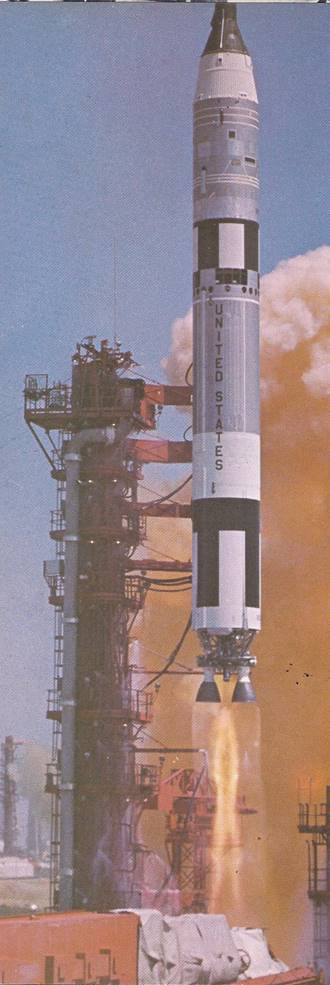
The feats in space gave further evidence of how completely science dominated the modern age. In the past, discoveries and explorations had been made by individuals and small groups of men. By the second half of the twentieth century, they were being made by the cooperative effort of thousands of scientists and technicians. The day was over when an individual hero steered his ship through uncharted seas or planted a flag on the North Pole or flew a plane across the ocean. It had taken the resources of entire nations to make possible the flights through space.
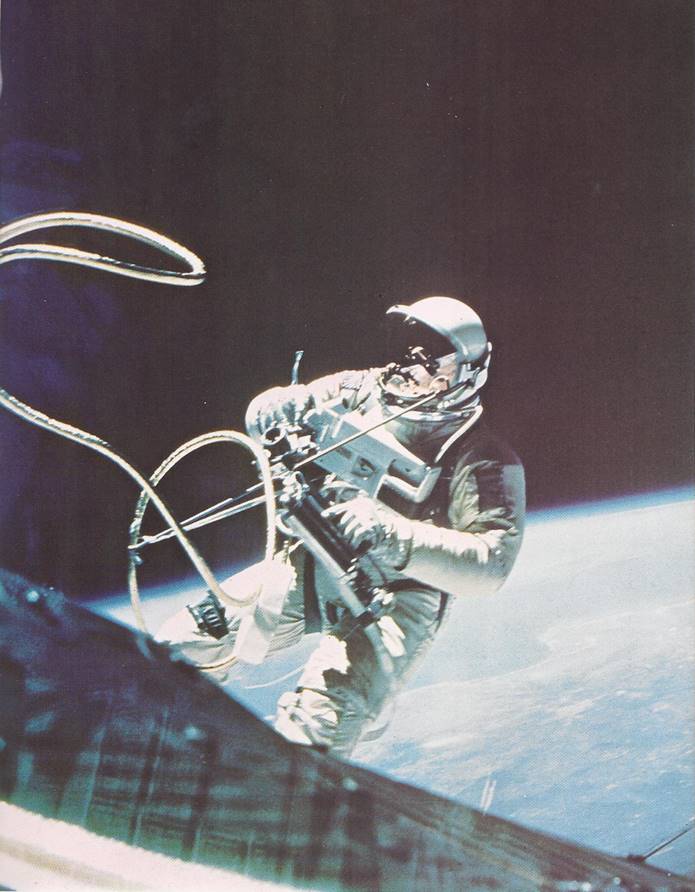
The modern age was an age of scientific revolutions. These revolutions begun early in the twentieth century, when the old, classical theories of nature, as defined by Newtonian physics, were overthrown. In 1900, Max Planck, a German physicist, put forward his theory that minute, subatomic particles, which he called “quanta,” acted according to the laws of chance and not according to Newtonian laws. Absolute certainty and predictability no longer governed the world of minute matter and scientists spoke of the probable behavior of atoms or particles of an atom.
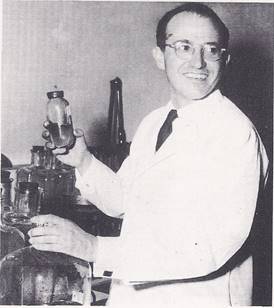
A few years after Planck’s discovery, Albert Einstein, then a clerk in a Swiss patent office, published his theory of relativity. It refuted Newtonian laws dealing with large heavenly bodies. Einstein showed mathematically that there was no single and absolute standard of measurement for every moving body in the universe. Each body moved according to its own laws, so that, for example, the clock that measured time on earth could not accurately measure time on another planet. Later, Einstein’s findings were proved in a number of experiments.
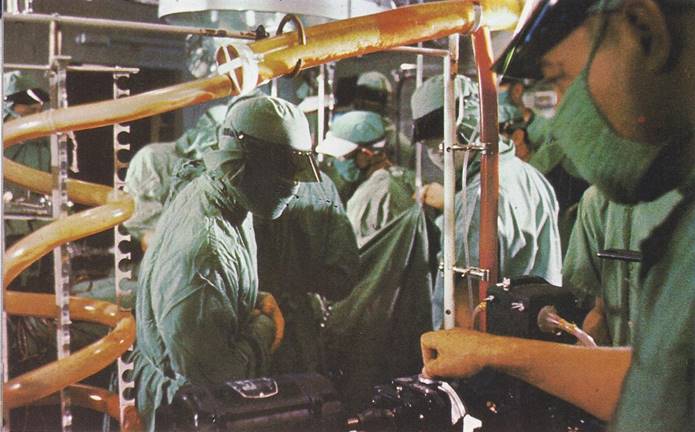
The new theories soon led to astonishing developments in science and technology. They led to the splitting of the atom and the discovery of vast new sources of energy. They led to the system of space technology and to the establishment of new industries, such as electronics, communications and automation — industries that were rapidly transforming the lives of men everywhere. New aids to knowledge were developed, such as computers, which could do complicated mathematical calculations and sort information at an incredible speed.
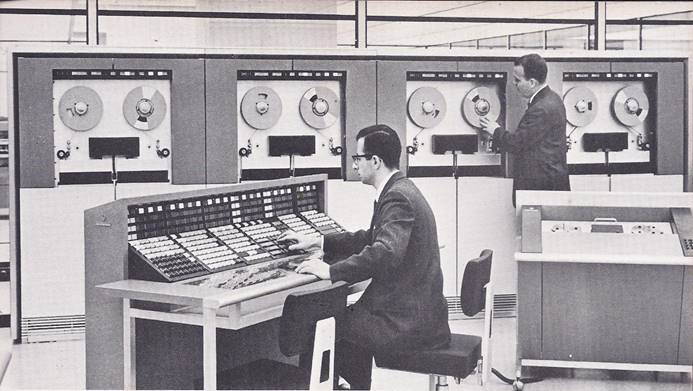
PROGRESS IN SCIENCE
There were breakthroughs in the other natural sciences as well. The more progress was made in each specialized science, the more closely related it seemed to the other sciences. Biologists, for example, discovered that the genes, which determine the nature of each cell, had an exact chemical or molecular pattern. Bio chemists called this pattern the genetic code and by the 1960’s they were well on their way to understanding how life evolved from matter. Meanwhile, medical scientists reported progress in their work on the illnesses that inflict mankind, including heart disease and cancer; they were learning how to replace defective organs with artificial ones.

There was progress, too, in the social sciences. The fields of anthropology (the study of races, societies and cultures), sociology (the study of groups and their relations) and particularly psychology (the study of individual Persons) expanded enormously. Sigmund Freud’s discovery of the human unconscious and of the importance of infancy and childhood in shaping people’s lives, gave an entirely new direction to the study of man.
The arts also showed the influence of the modern scientific revolutions. Like science, art overthrew traditions that had lasted for centuries. The modern age was, a time of experimentation in the arts. Painters and sculptors, for example, abandoned the familiar appearance of nature and created forms of their own. In music, many composers used a new tonal scale and some experimented with sounds produced by electronics. In literature, the theater and the dance — there were also new forms of expression. Furthermore, in photography and motion pictures the modern age had arts unknown to the past.
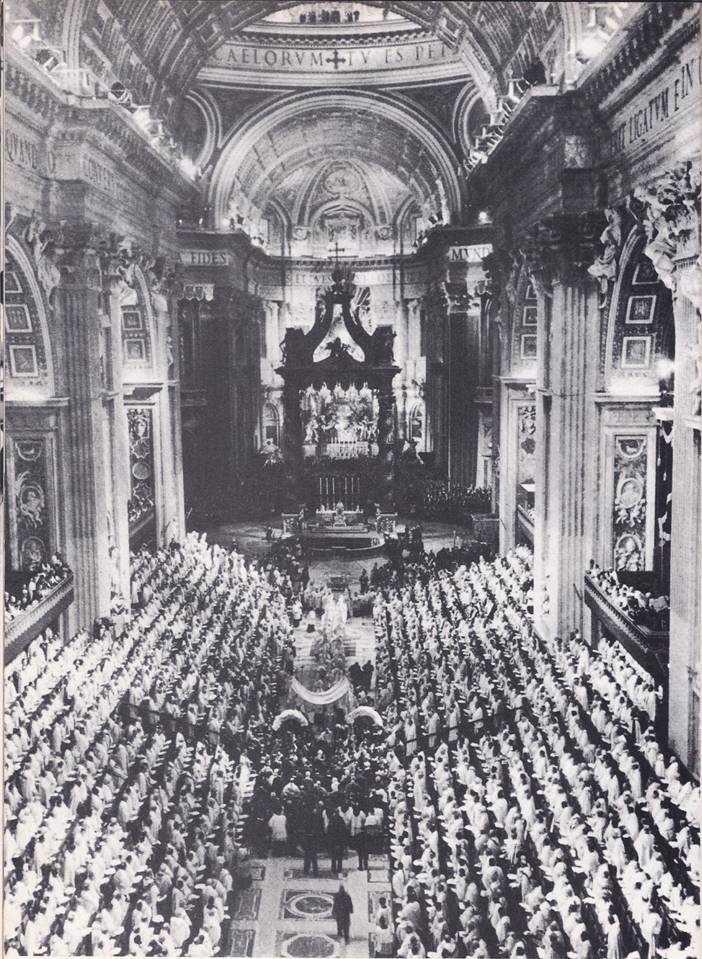
In philosophy and even in religion, men were seeking new answers to the problems raised by human existence. Theologians studied the relation of man to man and of man to God. In 1962, Pope. John XXIII called an ecumenical council of high Church officials from everywhere in the World for the purpose of modernizing certain practices and beliefs of the Catholic Church and of laying the basis for a possible reconciliation with other Christian churches.
Yet, all the achievements in the arts and sciences only pointed up the great question of the modern age: How would man use his knowledge and technique — for creation or for destruction? The question had, of course, arisen in other ages, but not until the modern age did man have the power to destroy the human race. Peace on earth was no longer merely an ideal; it had to become an every-day reality, or all mankind would perish.
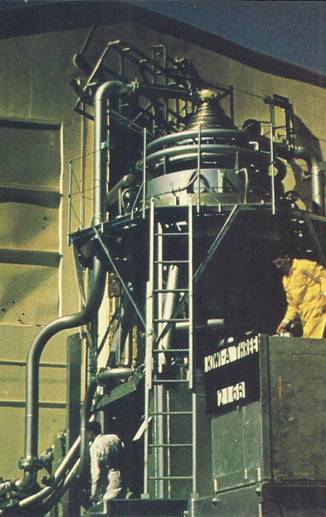
Statesmen realized this and that was why many of them supported the idea of peaceful co-existence, but co-existence in itself was not enough, for the armaments race still went on. In fact, in the 1960’s it grew even worse as France and Communist China joined the United States, the Soviet Union and Great Britain as atomic powers. In the spread of atomic weapons lay the greatest single danger to world peace.
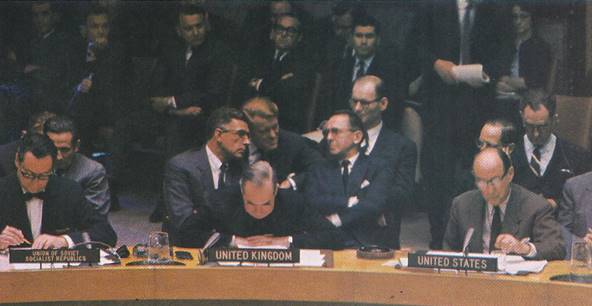
The one lasting hope of peace was a system of international law, the hope that had led to the founding of the United Nations. By the 1960’s the United Nations had grown weaker, rather than stronger, in some ways. Although its membership doubled, so that nearly all the peoples of the world were represented and although it carried out successful operations to keep the peace in the Middle East, the Congo, and Cyprus, it lost the full support of two large powers — the Soviet Union and France. These countries had opposed the peace-keeping operations and refused to pay their share of the expense. As a result, the United Nations faced a financial crisis and the ideal of a world with a system of international law seemed as far away as ever.
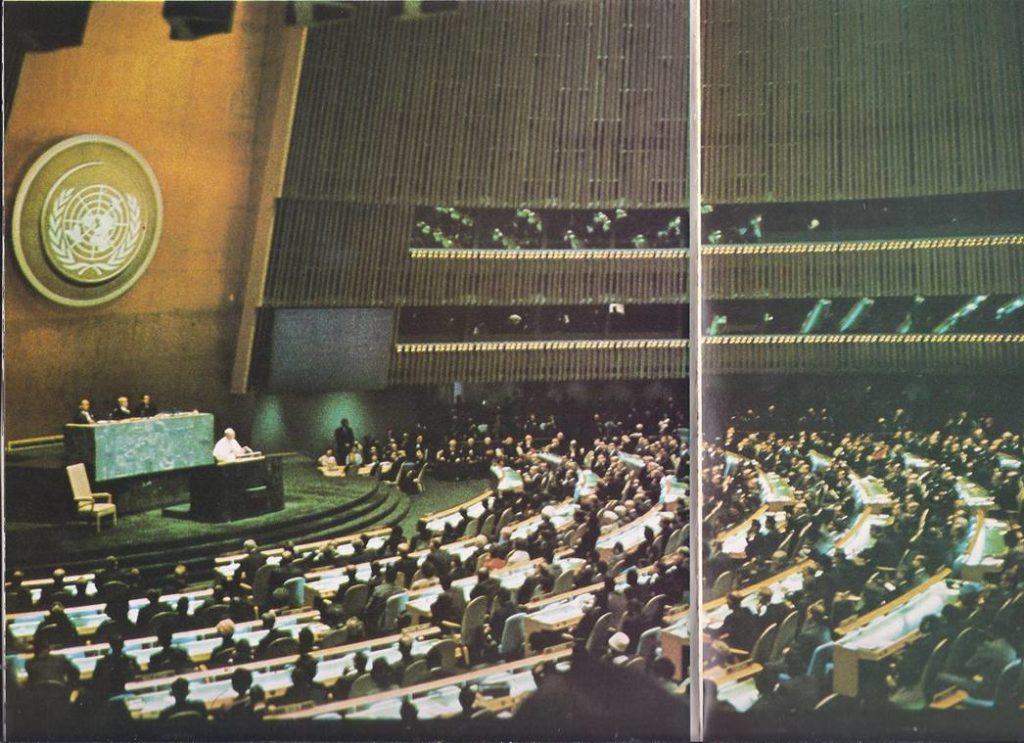
It was evident that mankind would advance toward peace only by slow and difficult steps. The Test Ban Treaty between the United States and the Soviet Union had been one such step; technical and economic aid to poor countries was another. Many more would be needed to reduce armaments, strengthen the United Nations and international law and settle the bitter conflicts between races, nations and ideas.
Man had learned how to conquer nature; could he learn to conquer himself? He had devised wonderfully ingenious tools and his future depended on the way he used them. If he used them for destruction, he might destroy himself and bring an end to the history of mankind. If he used them to build a world of peace and plenty, then indeed the Great Society could flourish on earth and it would truly be said of all men that they were created equal and were endowed with the inalienable rights of life, liberty and the pursuit of happiness.
